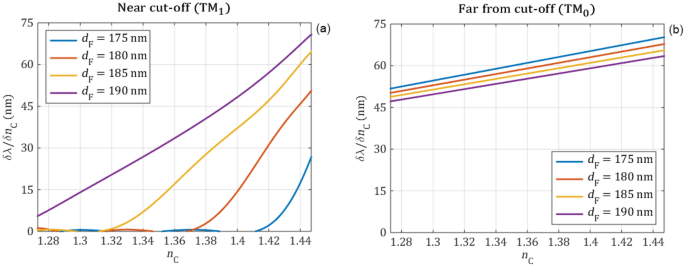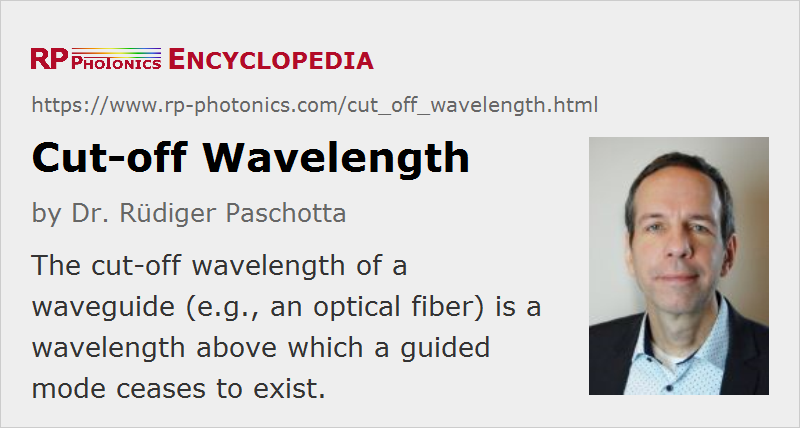

- HOW TO FIND THE CUT OFF WAVELENGTH FROM A GRAGH HOW TO
- HOW TO FIND THE CUT OFF WAVELENGTH FROM A GRAGH REGISTRATION
In fact, a very common mistake is to set kinetic energy equal to, solve for v, and use kinetic energy in eV. This is one of the few cases in which we do have to convert to standard units and do arithmetic. Furthermore, I can once again make the point about atomic energy levels: students can solve most of these problems without heavy arithmetic.Ī common question asks for the speed of the ejected electron. But by going through the entire conservation of energy problem once, the class understands why such a rule works: the definition of eV deliberately allows simple conversions like this one. Of course this is a general rule (an electron with n eV of kinetic energy will be stopped with a potential difference of n volts). Is this truly a coincidence, or is this a general rule that can be applied? Obviously, students notice the numerical coincidence: an electron with kinetic energy 10.2 eV can be stopped with a potential difference of 10.2 V. I go through this entire process once in class. To solve for V, we must first convert the electron's kinetic energy into standard units of joules: Then the electrical potential energy at position 2 must be qV, where q is the electron's charge and V is the stopping potential: The stopped electrons at position 2 have no kinetic energy the potential energy at position 1 can be taken to zero. Assume the electrons are at position 1 before the application of the stopping potential and are at position 2 when they come to rest: To solve this problem via a tedious method, we use the complete expression for conservation of energy. In part (d), we know the kinetic energy of these ejected electrons, 10.2 eV. The stopping potential is the voltage necessary to bring ejected electrons to rest. This type of question provides another opportunity to avoid detailed arithmetic by using a conceptual shortcut. The issue of "stopping potential" is often a tricky one. Since 1 V of potential difference can stop an electron with 1 eV of energy, 10.2 V of potential will stop these electrons. To stop these electrons, all their kinetic energy must be converted to potential energy. Therefore, 10.2 eV are left over as kinetic energy. Of this, the electron uses 2.2 eV to overcome the work function and exit the atom. What is the stopping potential for electrons ejected from this surface by 100 nm radiation?Īnswer: 100 nm radiation carries of energy. The energy of a photon is inversely proportional to its wavelength, so the graph of the electron's kinetic energy will look like a 1/ x curve from 4 eV at 200 nm down to 0 eV at 560 nm. We can calculate the kinetic energy of the ejected electrons when = 200 nm: Their kinetic energy is the difference between the photon's energy and the work function, as in this diagram: For wavelengths less than 560 nm, electrons will be ejected. That's why the graph ends at wavelength 560 nm. Energies less than 2.2 eV correspond to incident photons with wavelengths greater than. When the energy of each incident photon is less than the work function, no electrons will be ejected.

Label the vertical axis with an appropriate scale and units. On the axes below, sketch a graph of the maximum kinetic energy of ejected electrons as a function of the wavelength of the incident light for the range of wavelengths indicated. Now visible light is incident upon a photoelectric surface with work function 2.2 eV. Of these, only the 690 nm and 440 nm photons are visible, because the visible spectrum includes wavelengths of approximately 400 to 700 nm. The wavelengths associated with these transitions are: The electrons can make any of the three transitions shown in part (a):

AP Computer Science Female Diversity Award.Score Reports and Services for Colleges.
HOW TO FIND THE CUT OFF WAVELENGTH FROM A GRAGH HOW TO
HOW TO FIND THE CUT OFF WAVELENGTH FROM A GRAGH REGISTRATION
Access and Initial Setup in AP Registration and Ordering.National Examinations in World Languages.2020 AP with WE Service Scholarship Winners.


 0 kommentar(er)
0 kommentar(er)
